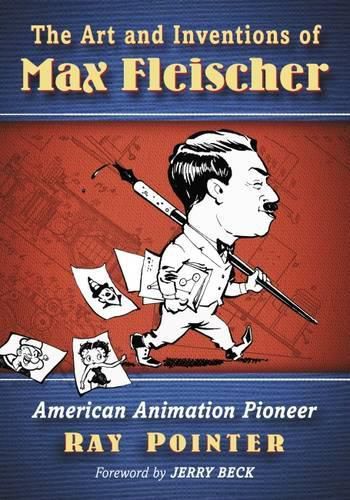Readings Newsletter
Become a Readings Member to make your shopping experience even easier.
Sign in or sign up for free!
You’re not far away from qualifying for FREE standard shipping within Australia
You’ve qualified for FREE standard shipping within Australia
The cart is loading…






The history of animated cartoons has been dominated by Walt Disney, giving the impression that he perfected the medium. In reality, it was the work of several pioneers. Max Fleischer-inventor of the rotoscope technique of tracing animation frame by frame over live-action footage-was one of the most prominent.
By the 1930s, Fleischer and Disney were the leading producers of animated films but took opposite approaches. Fleischer’s work showed elements of German Expressionism and organic progression, in contrast to Disney’s naturalism. As a result, Fleischer’s cartoons were rough rather than refined, commercial rather than artistic-yet with an artistry of their own. Both animators sought to create images and action that violated physical laws, supporting Fleischer’s maxim:
If it can be done in real life, it isn’t animation.
This book covers his life and work, with rare illustrations detailing the technical aspects of his craft.
$9.00 standard shipping within Australia
FREE standard shipping within Australia for orders over $100.00
Express & International shipping calculated at checkout
The history of animated cartoons has been dominated by Walt Disney, giving the impression that he perfected the medium. In reality, it was the work of several pioneers. Max Fleischer-inventor of the rotoscope technique of tracing animation frame by frame over live-action footage-was one of the most prominent.
By the 1930s, Fleischer and Disney were the leading producers of animated films but took opposite approaches. Fleischer’s work showed elements of German Expressionism and organic progression, in contrast to Disney’s naturalism. As a result, Fleischer’s cartoons were rough rather than refined, commercial rather than artistic-yet with an artistry of their own. Both animators sought to create images and action that violated physical laws, supporting Fleischer’s maxim:
If it can be done in real life, it isn’t animation.
This book covers his life and work, with rare illustrations detailing the technical aspects of his craft.